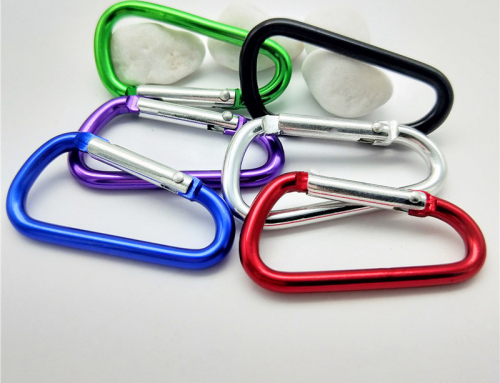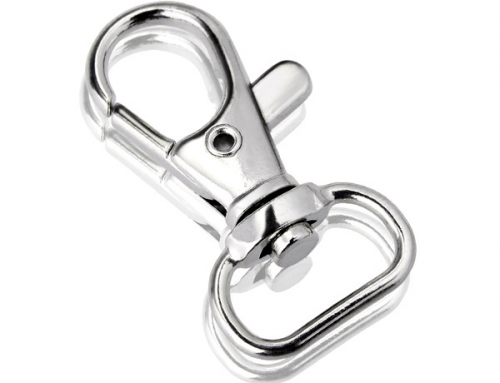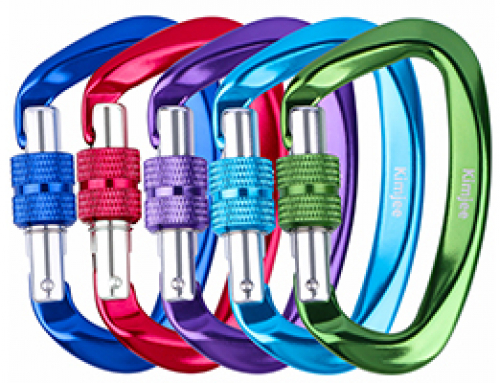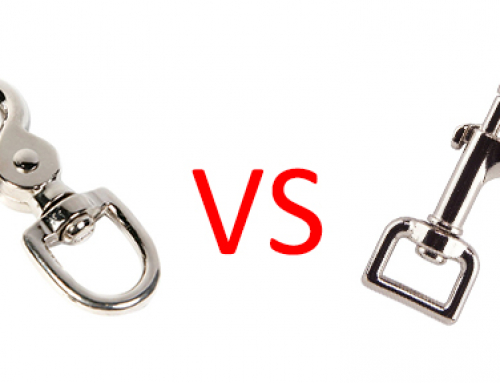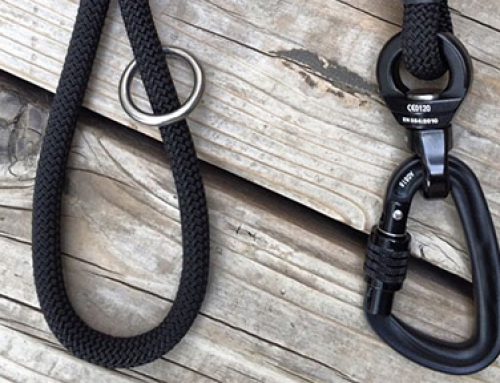Locking d ring is a highly versatile locking karabiner. It is not only a weapon for mountaineering enthusiasts; almost everyone needs to use it in their lives. But locking d ring is not as simple as you think. It is different from other fixed methods, and it is also due to other methods.
The structure of the locking d ring determines its firmness. There are two types of locking d ring, symmetrical and asymmetrical. Due to the D-shaped structure, the stability of the locking d ring is better than that of the pear shaped carabiner and O-shaped carabiner. Especially when the central lock is under force, it is almost impossible for the d clip carabiner to deviate from the force and slide the rope. We all know that the longitudinal axis of the carabiner is the primary stress point. Suppose the force point of the carabiner shifts to the locked door or the horizontal axis. In that case, it is likely to cause damage to the carabiner, and severe cases will cause mountaineering accidents and fall accidents. The firm and stabled clip carabiner can reduce the occurrence of force point deviation. And the D-type structure is also the best parameter among several carabiners. Generally, d clip carabiner is used to fix anchor points and other vital parts.
Of course, d clip carabiner also has disadvantages. The d clip carabiner has a more considerable dead weight and a smaller opening and closing angle. So generally, we only need to use d clip carabiner in critical nodes. We can use another light carabiner for other parts. Blind use of d clip carabiner will significantly increase the weight of the equipment and increase unnecessary risks.
The most important thing is to make adequate preparations and learn professional mountaineering knowledge. It would help if you planned the weight distribution of the equipment reasonably. At the same time, purchase qualified mountaineering equipment to reduce accidents as much as possible.

